|
I timed today’s newsletter to coincide with the official start of spring: Saturday at 5:37 a.m. EDT. Depending on where you’re reading this, spring may seem very real as you look out your window – or perhaps it’s still just a concept if the temperature is below zero. Regardless of whether you’re looking at grass or snow this morning, the March equinox provides a suggestion of hope and optimism that this very, very, very long winter of the pandemic may be over soon. The days are longer, COVID-19 vaccination programs are rolling out across the country and birds and bugs are returning.
For your weekend reading pleasure, I’ve assembled some “springy” stories from the past week as well as a few from our archive that still hold up. One of my favourite stories from the last week was a fascinating piece by Matthew Reudink of Thompson Rivers University about moulting migratory birds. There are also great reads on bugs, plants and the equinox itself. And while they don’t have anything to do with spring, I’ve also included two of my favourite explanatory stories about recent events in the news: one puts the whole Dr. Seuss “controversy” in historical context and the other explains why people are paying millions for non-fungible
tokens – and if you don’t know what an NFT is, please read the piece.
Have a great weekend and we’ll be back in your Inbox on Monday.
|
Spring Weekend Reads
|
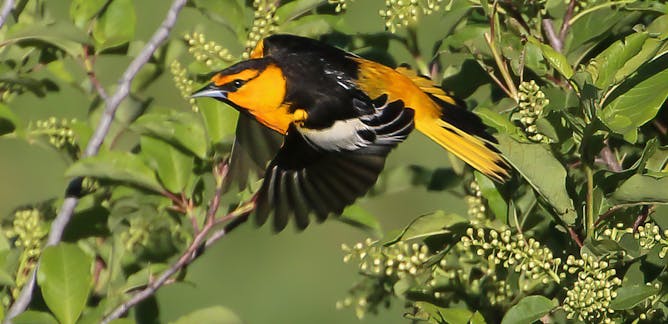
Matthew Reudink, Thompson Rivers University
Moulting is one of the more energy intensive processes that influence bird migrations. With technological advances, it is possible to track and learn from the movements of Bullock's orioles.
| |

Dan Mennill, University of Windsor
Artificial light, from low-level backyard lighting to lights in office buildings and skyscrapers, distract migratory birds with deadly effects.
|
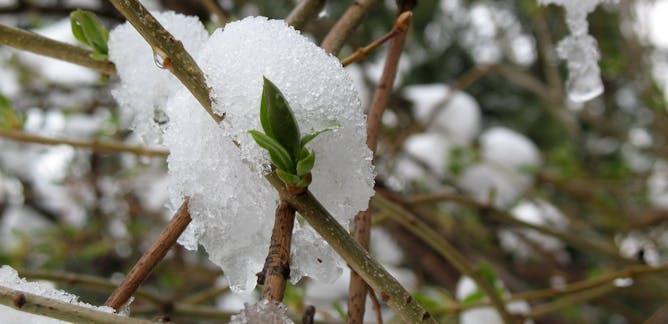
Richard B. Primack, Boston University
Trees and shrubs in cold-weather climates rely on certain signals, such as temperature and light, to know when to leaf out and bloom. Climate change is scrambling those signals.
| |
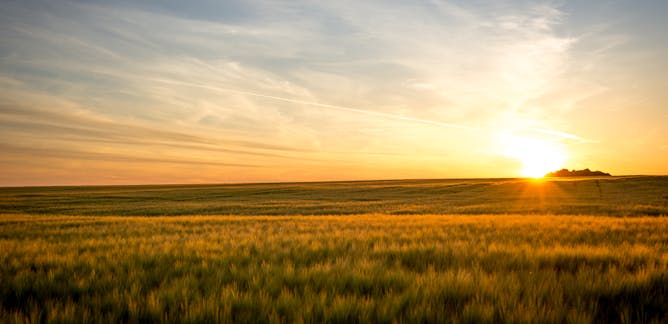
Osnat Katz, UCL
On the March equinox, everywhere in the world has more sunlight than darkness.
|
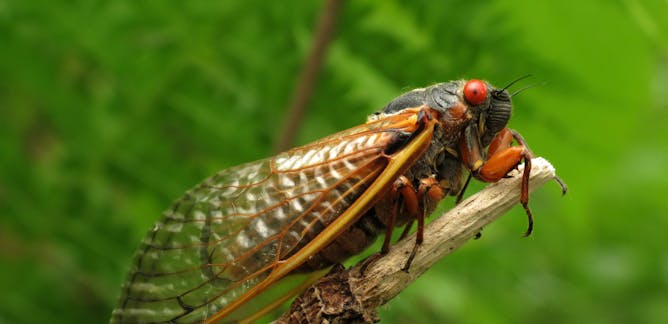
John Cooley, University of Connecticut; Chris Simon, University of Connecticut
One of the largest groups of 17-year cicadas, Brood X, last emerged from underground in 2004. The next generation will arrive starting in April.
| |
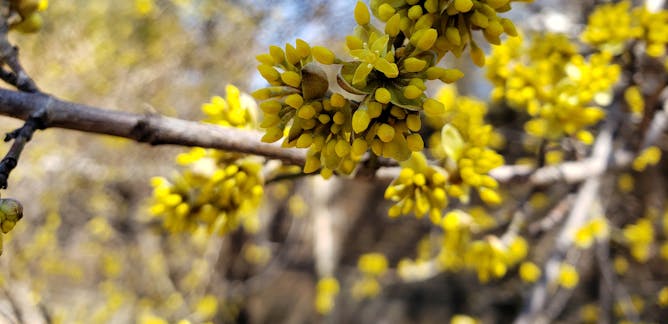
Alemu Gonsamo, McMaster University
Global warming has increased plant growth and helped offset increases in carbon dioxide emissions.
|

Laleh Samarbakhsh, Ryerson University
It might sound ridiculous but the explosive market of crypto-collectibles and crypto-art is no joke. Here's an explainer to make sense of it all
| |
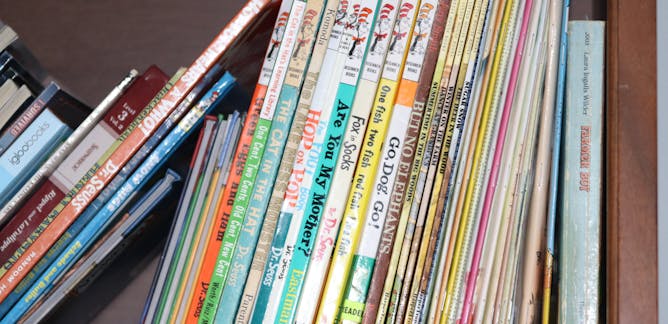
Monica Eileen Patterson, Carleton University
Media coverage of the recent Dr. Suess controversy are rooted in both a lack of awareness of the challenges and realities of maintaining collections and a false understanding of history.
|
|
|

Grounded.
heychli via Shutterstock
Gemma Ware, The Conversation; Vinita Srivastava, The Conversation; Daniel Merino, The Conversation
Plus we hear about the hardships faced by migrant workers in Canada. Listen to episode 7 of The Conversation Weekly podcast.
|